|
This is part 2 of a show/post that I started a couple of weeks ago. If you haven’t listened to part 1, you might want to do that now because we’ll have some quiz questions in this episode/post that will cover information from the current and the previous show/post. As I told you last time, I recently selected the plumbing fixtures for my project and was surprised about how much there is to consider when choosing toilets. In this week’s mini lesson we’ll cover one piece vs two piece toilets, toilet height, floor mount vs wall mount toilets and some options that you can look for that will help keep your toilets cleaner for longer. Before we get into the content, I want to say mochas gracias to Rodrigo 19841986 for our latest Apple Podcasts review. He gave me my very first review in Spanish. Unfortunately, I never took Spanish, but I studied French and Latin so I pretty easily figured out what Rodrigo’s review said in English. It said “muchas gracias por la programa” which means "Thank you very much the for program." Thank you Rodrigo for giving us a shout out in Spanish. I love it! Google Translate helped me with that review and is actually a great tool to use on the construction site if you have non-English speaking construction workers. Most of my framing crew speaks Spanish exclusively and I’ve used sites like Google Translate to help me communicate with them. Google Translate can help you translate not only Spanish, but most other languages too. You can either type or speak a sentence into the translator and the site will either speak or write out the translation. It’s been super helpful. Okay, let’s get into the content. We’ll begin with a continuation of the discussion about toilet seats. Specifically, let’s go over the two most common materials you’ll need to make a choice about. TOILET SEAT MATERIALS: WOOD VS PLASTIC TOILET SEATS If you’re over 35 years old, you probably remember heavier, more substantial toilet seats than the ones commonly used today. Most toilet seats on the market today are made of plastic. Most old school toilet seats were made of wood— compression molded wood. You can still get wood toilet seats. And don’t worry, they don’t look like stained wood. They have a smooth molded surface and are usually painted white or some other light color so they look like conventional toilet seats. If you like a weightier toilet seat, you might consider a wood seat. Wood seats are warmer, heavier and have a higher weight tolerance. The downsides are that wood seats are less hygienic since wood is porous, and surprisingly wood seats are less durable than plastic toilet seats. Plastic toilet seats are lighter weight, but more durable, plus they’re more scratch resistant and more hygienic. And you’ll probably find many more plastic options on the market. A few more things about toilet seats… consider extra features like Grip tight bumpers and soft- close seats. Grip tight bumpers hold seats firmly in place and resist shifting. In my current house, we have a toilet seat without grip tight technology and the seat sometimes shifts while I’m sitting on it. That can feel unstable and unclean since that means my thighs sometimes touch the toilet rim below the seat. Yuk! The soft-close option, also called quiet-close, is helpful if you want to avoid the noise or safety hazards of a slamming toilet seat. Slamming toilet seats can especially hazardous to small children’s hands. Another decision you’ll have to make about the toilets is whether to go with a two piece or one piece toilet. TWO PIECE VS ONE PIECE TOILETS A two piece toilet is what most of us are used to. It’s manufactured with the bowl and tank as separate pieces that are joined together during installation. One piece toilets are the newer option on the market. A one-piece toilet is a toilet that’s manufactured with the bowl and tank molded together as one piece. That crevice between the upper tank portion of the toilet and lower seat and bowl portion of the toilet is absent in a one piece toilet. I’m talking about the slot behind the toilet seat. With a one piece unit there is a smooth surface where the tank and bowl connect—unless there is no tank at all. A few one piece toilets don’t have a water tank. The bowl receives water at very high pressure straight from the pipes. But most one piece toilets have a tank and look very similar to two piece units except for the connection between the tank and the bowl. One piece toilets take up less space, look sleeker and are easier to clean and install. Cleaning is easier because you won’t have that crevice between tank and bowl where dirt and splatters can hide. There are also potentially fewer leaks and lower repair costs with a one piece toilet because there are fewer connections and moving parts that could break. The disadvantage of one piece toilets are that they are typically more expensive and heavier than their two piece counterparts. Generally speaking, both one and two piece toilets on the market today are equal as far as water efficiency and flushing power, so you’ll be equally happy with the performance of either. Once again choosing one over the other is a matter of personal preference. Speaking of toilet performance and flushing power, here’s a pop quiz. Do you remember the name of the website that independently tests and ranks the flushing performance of the majority of toilet brands and models on the market? We talked about that site in part 1 of this lesson in episode 226. The website is map-testing.com. The “ma” in Map stands Maximum and the p stands for Performance (MaP). They recommend toilets with flush scores greater than 350 and toilets with scores of 600 or greater are highly recommended. Ok, moving on to another feature you might want to look for… WATER SENSE The WaterSense label is used on toilets that are independently certified to meet rigorous criteria for both performance and water use efficiency. Only water-saving toilets that complete the certification process can earn the WaterSense label. So that WaterSense seal not only means you’re looking at a water saving toilet, but one that has been independently tested to work efficiently and according to EPA standards. In other words, selecting a WaterSense toilet gives you greater assurance that you’re selecting a high-performance, water-efficient toilet. According the US Environmental Protection Agency, “toilets are by far the main source of water use in the home, accounting for nearly 30% of an average home's indoor water consumption.” They say older, inefficient toilets which use as much as 6 gallons per flush are a major source of wasted water in many homes. As compared to older, inefficient toilets, WaterSense toilets allow the average family to save nearly 13,000 gallons of water in their home every year! That translates to about $140 per year in water costs, and $2,900 over the lifetime of the toilet. Most quality brands carry Water sense toilets. Next on our list is a comfort feature… TOILET HEIGHT: COMFORT HEIGHT VS STANDARD HEIGHT TOILETS Traditional toilets seats sit 15 inches from the floor. Comfort height toilets have seats that sit a few inches taller, with seats anywhere from 17 to 19 inches from the floor. Comfort height toilets are also called “Chair Height,” “Easy Height,” “Right Height,” “Smart Height,” and “ADA Height.” (ADA stands for Americans with Disabilities Act). The added height of comfort height toilets makes getting on and off the toilet easier for many people, especially for those who are taller, aging, disabled or people with knee or back pain. But even able-bodied, average-height younger adults often like comfort height toilets more than standard toilets. Keep in mind, though, that comfort height toilets aren’t more comfortable for everyone. Comfort height models can be difficult to maneuver for shorter people, particularly kids. And they can be especially challenging for little boys who have not quite mastered their aim. In addition, it’s been said that a lower toilet seat is best at creating the squatting position our bodies prefer when having have a bowel movement. If you want a comfort height toilet but want to create that more effective squatting position, you can add a foot stool by the toilet. Another issue is that seats that are too high can cut off circulation if your feet don’t touch the ground. Before selecting a toilet, think about which bathroom the toilet is for and who will be using it most. It's a good idea for you and members of your household to sit on the models you're considering before you make your final selections to make sure they suit you. FLOOR MOUNTED VS WALL MOUNTED TOILETS Floor mounted toilets are by far more common. As the name implies, they’re installed on the bathroom floor so they actually touch the floor. A wall-mounted toilet, also known as a wall-hung toilet, is mounted on the bathroom wall. Wall mounted units don’t touch the floor. And only the bowl that you sit on is visible. The toilet tank is concealed inside the bathroom wall. Wall hung toilets are more popular in Europe than they are in the united states. Wall mounted toilets are space savers, are stylish and contemporary looking, they can be installed as high or low as you want. It's easy to clean them and the area around them. They’re ideal for small bathrooms because they occupy zero floor space and they make the room look more spacious overall. The cons of wall hung toilets are that installation can difficult. The units themselves and the installation costs are more expensive and repair costs are higher when compared to floor mounted toilets. A wall-mount toilet should be hung with special mounts on a reinforced wall or it toilet can end up loosening or pulling completely out of the wall over time, just by using it. Comparatively, standard floor mount toilets are typically cheaper and easier to install, but take up more space and are harder to clean and clean around. Speaking of cleaning the toilet, here are some other easy clean options you might want to consider : Toilets with skirted trapways, easy clean coatings, and cleaning flush technologies. EASY-CLEAN TOILET FEATURES A skirted trapway, sometimes called a concealed trapway, won’t make your toilet function any better or worse. It’s a basically a smooth, fairly straight toilet base that skirts or conceals the outline of the curving channel inside the base of a toilet. A skirted or concealed trapway is easy to clean and prettier to look at. Prices and installation costs can be higher for a skirted toilet base, but the look and ease of cleaning make it worth the upcharge for many homeowners. Another easy clean option is a specialized easy-clean toilet bowl coating. If you want to decrease the number of stains from waste and water scale that appear inside the toilet bowl, look for a coating on the bowl surface that makes the bowl slick and inhibits bacteria, water scale and stains. This keeps the bowl cleaner for longer. Look for terms like clean coat, ever clean or easy clean. There are also flushing technologies that generate a forceful swirling motion around the inside edge of the bowl to help clean the bowl with every flush. Some toilets even have reservoirs where you can add a cleaning tablet or a cleaning solution that’s released a little bit at a time with every flush. Another extra to look for is insulated tanks. Select insulated tanks if you’re worried about a sweating toilet. Insulation minimizes condensation on the tank that can develop when your toilet is exposed to high humidity. With a less sweating, you’ll need to wipe the tank down less often. If you have a good exhaust fan in your bathroom that effectively removes humidity, you’re less likely to need an insulated tank. To learn more about exhaust fans, take a listen to episode 62. TOILET STYLE AND COLOR Before we go to our quiz, I want to say a quick word about the style and color of your toilets. Toilets with straighter, sleeker lines and surfaces and more squared off edges are more contemporary. More curves, grooves and more ornate surfaces make a toilet look more traditional. Pop Quiz: Do you remember from last episode whether a rounded or elongated toilet seat is more traditional? A rounded seat is more traditional than an elongated seat. As far as color goes, you can never go wrong with white. It’s a classic color that's also current and it will never go out of style. Other colors for toilets on the market today are mostly light grays, creams, tans and taupes, but you’ll also find bolder colors like black. If you want a colored toilets, that’s okay, but realize your toilet may look dated sooner rather than later. QUIZ: 1. True and false: Bidet seats have a smaller opening than most standard toilet seats. This is info was in Part 1 of the lesson. That’s true. Bidet seats have technologies integrated into the seat that take up some space, making the the seat a bit larger and the opening a little smaller when compared with standard toilet seats. 2. Which feature or toilet is not necessarily easier to clean? A. Skirted or concealed trapway B. Wall mount toilets C. Comfort Height toilets D. A slick bowl coating E. One piece units The answer is C. Comfort height toilets are more comfortable for many people but are not necessarily easier to clean. Comfort height toilet seats are 17-19 inches from the floor and make getting on and off the toilet easier for many people, especially for those who are average height or taller, those who are aging, disabled or people with knee or back pain. All of the other features I named make cleaning the toilet or the area around the toilet easier. That’s it for this week. Thanks for stopping by. I hope you learned as much as I did. Please remember that the purpose of this podcast is simply to educate and inform. It is not a substitute for professional advice. The information that you hear is based the only on the opinions, research and experiences of my guests and myself. That information might be incomplete and it’s subject to change, so it may not apply to your project. In addition, building codes and requirements vary from region to region, so always consult a professional about specific recommendations for your home.
0 Comments
Your comment will be posted after it is approved.
Leave a Reply. |
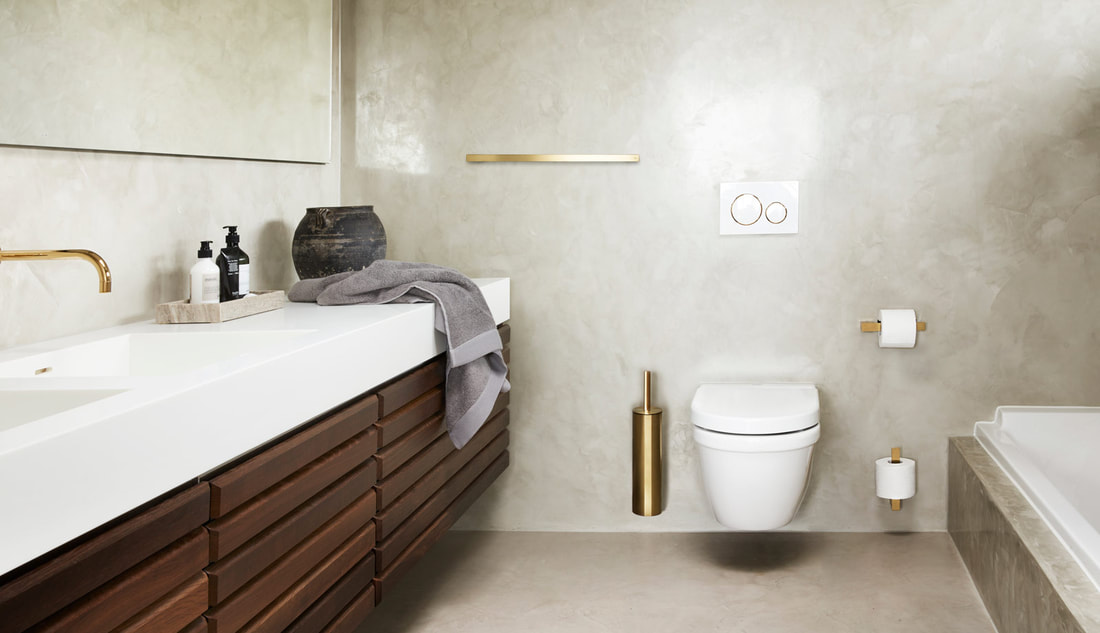
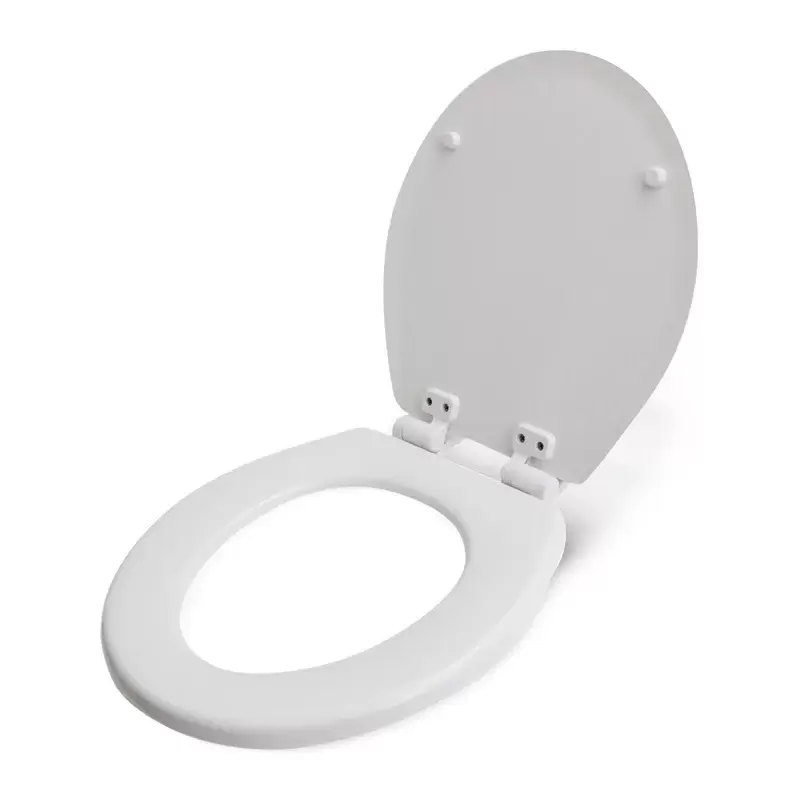
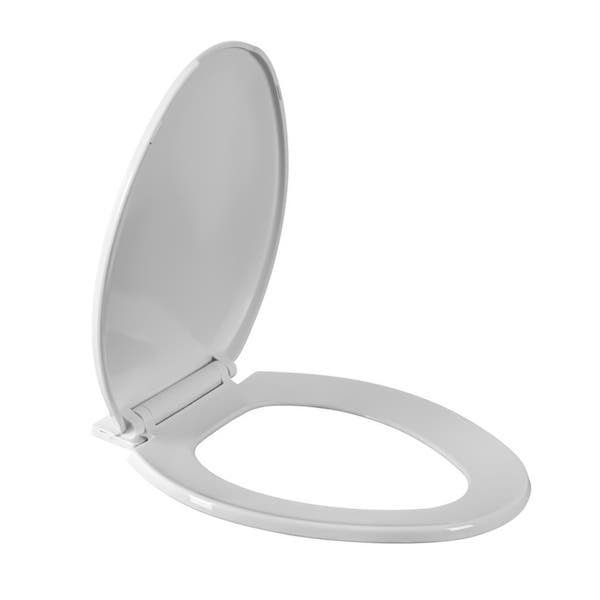
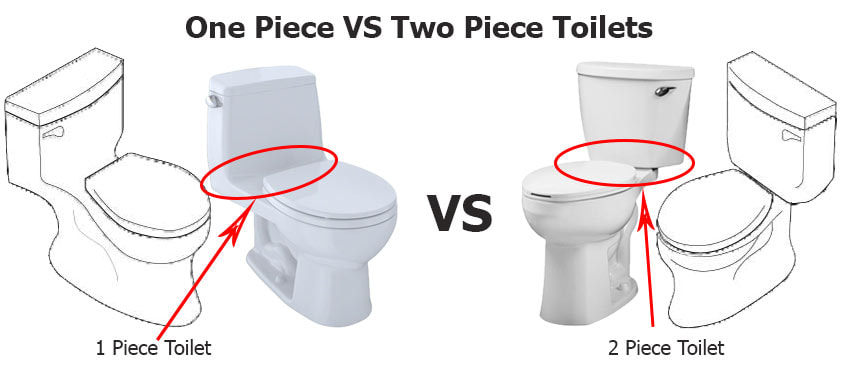
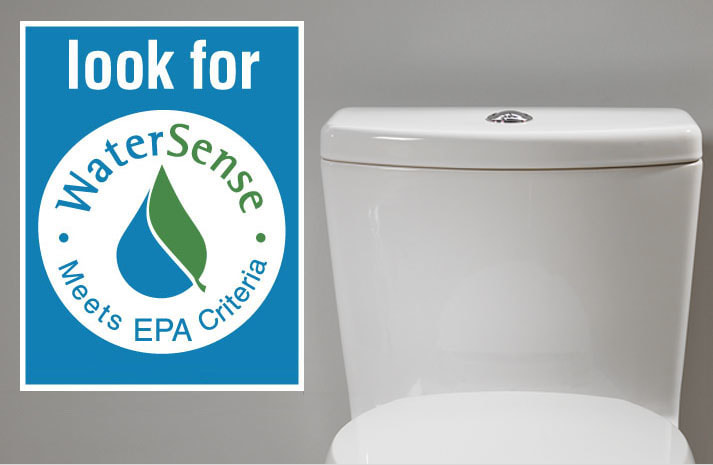
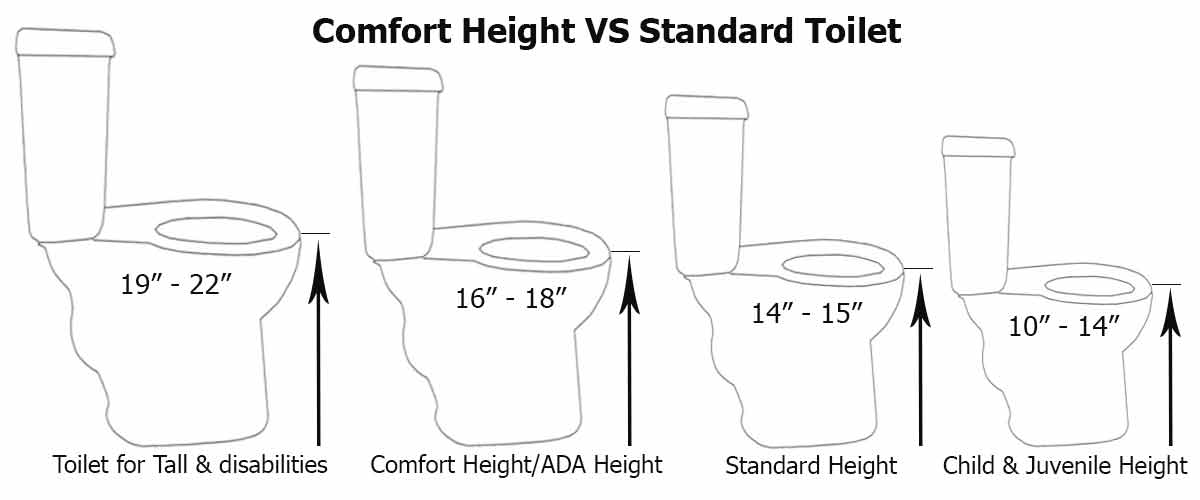
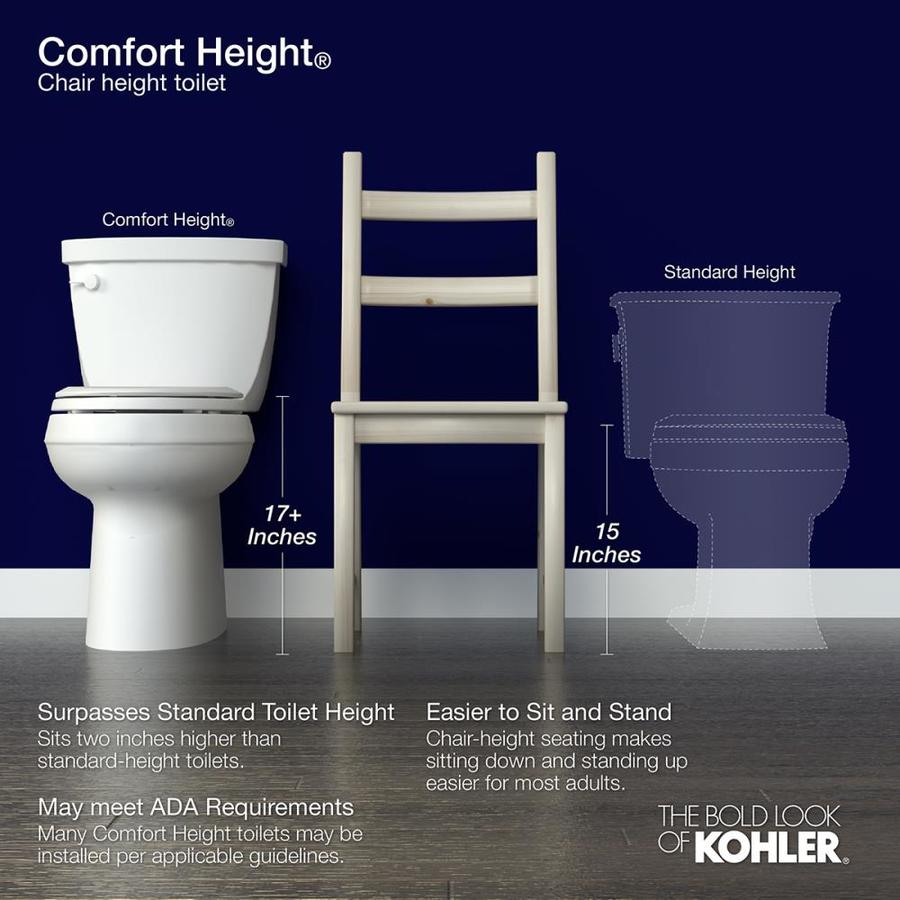
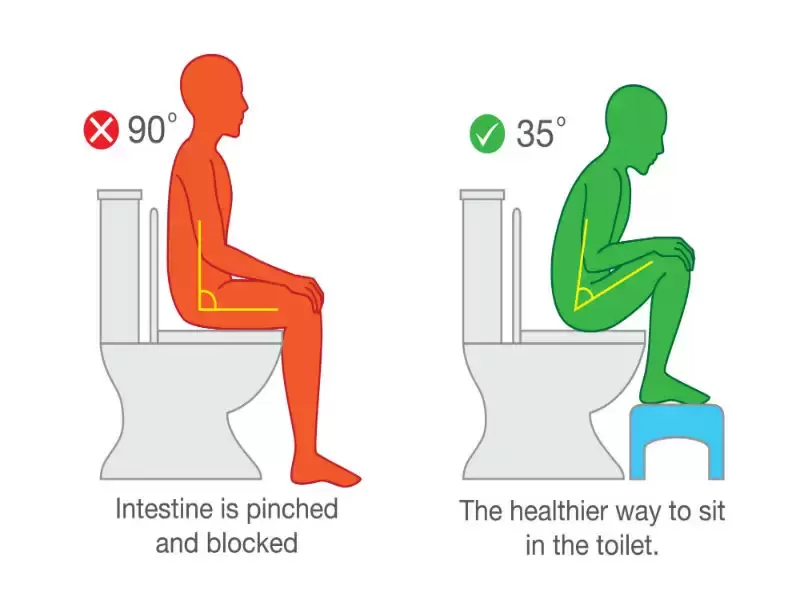
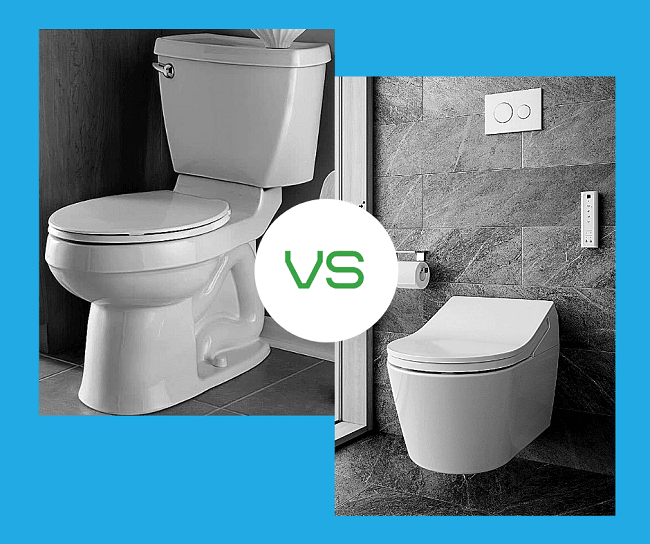
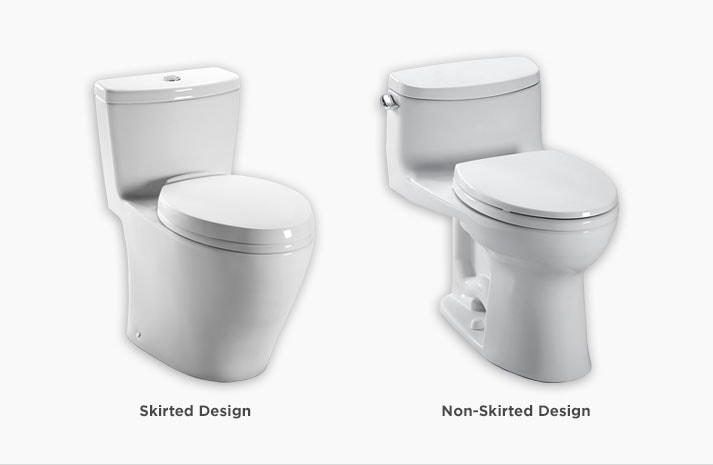
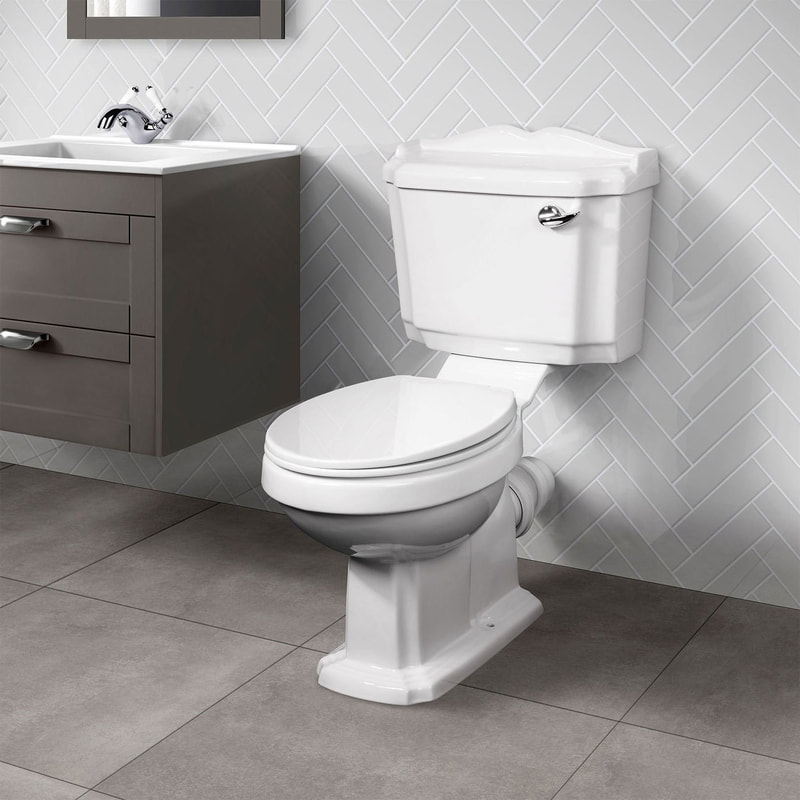
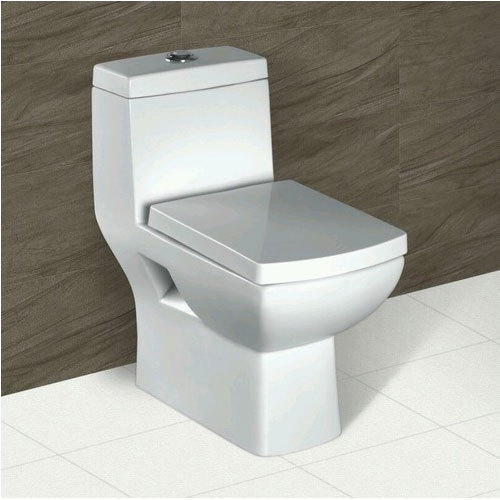
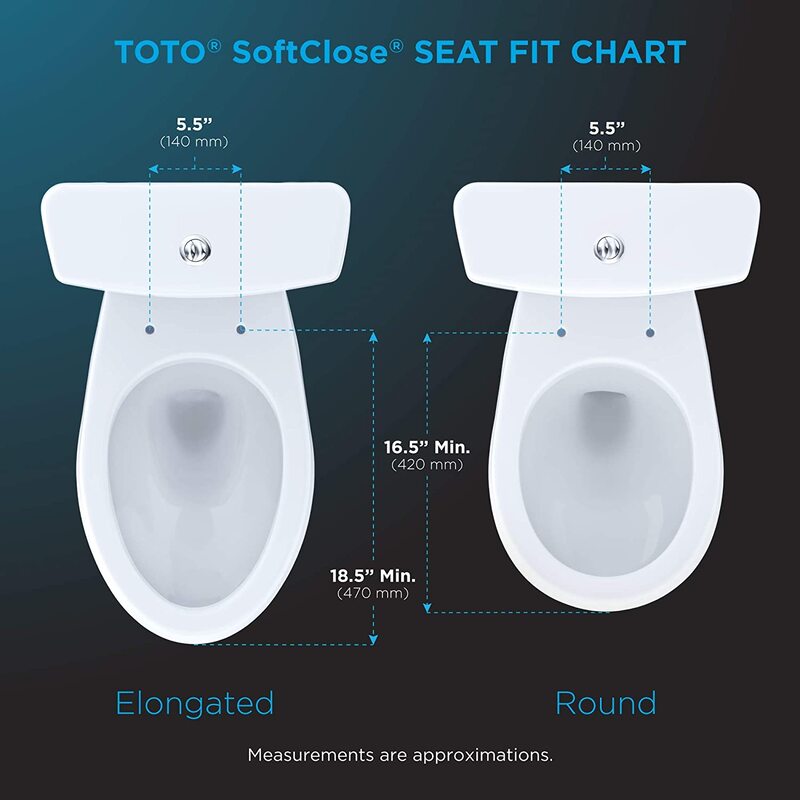
 RSS Feed
RSS Feed